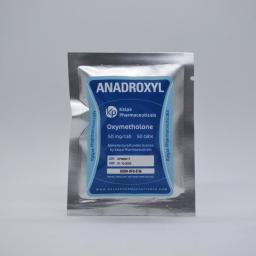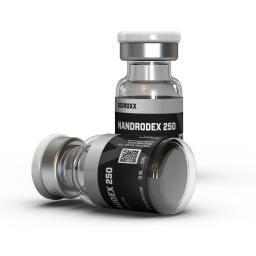What is Breast Cancer?
Breast cancer is an abnormal growth of cells which, in the breast, starts in the milk ducts. It may grow into surrounding tissues and spread ultimately to other organs of the body.
Breast cancer is the most common cause of cancer deaths in Australian women. However, whilst we should be responsible about looking after our breast health, it is important to remember that many more women die of heart disease and stroke in Australia than they do of breast cancer.
Who is most at risk of developing breast cancer?
- All women over 50 years of age
- Women who have had a previous breast cancer
- Women with a family history (mother, daughter or sister) of breast cancer
|
EARLY DIAGNOSIS is the key to successful treatment. FACT – 9 out of 10 breast lumps are not cancer. 75% of breast cancers occur in women over 50 Men have less than 1% of breast cancers |
|---|
If you are concerned about your risk of breast cancer talk to your doctor about it and what testing is suitable for you.
Mammography
Breast X-ray screening can show breast changes that are too small to be felt by you or during an examination by your doctor.
If you have a breast lump or tenderness you are concerned about you should see your doctor first as you may need a special diagnostic mammogram or ultrasound, rather than breast screen.
For women younger than 40 years
Regular screening mammograms are not recommended. In younger women the breast tissue is denser and it is more difficult to differentiate between normal and abnormal breast tissue. An ultrasound may be more helpful.
For women 40-49 years
BreastScreen Australia offers free screening mammograms every two years for women aged 40 years and over. Reminders to attend may not be sent at this age, depending on which state you live in.
For women 50-69 years
As breast cancer is most common in women over 50, BreastScreen offers free screening mammography to women over this age. It is recommended that you have a mammogram every two years. This is the age group in which the benefit of screening mammography has been shown to be the greatest. Reminders are sent to this age group.
For women 70 years or older
BreastScreen Australia offers free screening mammograms every two years for women aged 70 years and older. Whether you attend will depend on your general health, whether you have any other diseases or conditions, and your personal preference.
Breast implants
Women with breast implants should have screening as above. It is not harmful. Discuss this with your doctor before referral.
Breast cancer myths
Women with small breasts have a very low risk of developing breast cancer
This is a myth. The myth is likely to be based on the relationships between body fat and breast cancer risk.
The risk of breast cancer is related to a number of risk factors, including body weight and excess fat tissue. Whilst women who are overweight tend to have larger breasts, the breast size per se is not relevant to breast cancer risk; rather the excess body fat which increases oestrogen production in the body is.
Weight and body mass index (BMI) however, influence postmenopausal and premenopausal breast cancer differentially.
Postmenopausal breast cancer – Higher weight/BMI and postmenopausal weight gain have been associated with a higher risk of postmenopausal breast cancer in multiple studies. In studies to date, women who weighed at least 80 kg had a 25 per cent higher risk of breast cancer as compared to those weighing less than 60 kg. After menopause, those who gained 10 kg or more since menopause had an 18 per cent higher risk of breast cancer as compared with women who maintained their weight.
These relationships are most likely due to higher circulating levels of oestrogens in women who have more fat tissue, as fat tissue produces oestrogen.
Premenopausal breast cancer – The majority of studies have suggested that excess weight is protective in premenopausal breast cancer. The reasons for this are unclear.
An injury to the breast can cause breast cancer
This is a myth. Breast injury may cause scarring, or damage to the fatty tissue, but it is not known to cause breast cancer. Potentially, this myth may have been based on the fact that injury can cause tenderness and many women are concerned that pain is a feature of breast cancer.
Breast tenderness is usually due to benign (non-cancerous) breast disease. This includes many common conditions including breast pain, breast lumps, or nipple discharge. The most common cause of breast nodularity and tenderness is fibrocystic change, which occurs in approximately 60 per cent of premenopausal women. These conditions do not increase risks of breast cancer.
Breast cancer survival
Over the last 10 years the number of breast cancers survivors has increased due to early diagnosis and better treatment. Australia has one of the lowest death rates from breast cancer.
Best Steroid Products on Sale
Anadroxyl
|
Deca 500 (5ml)
|
Letroxyl
|


